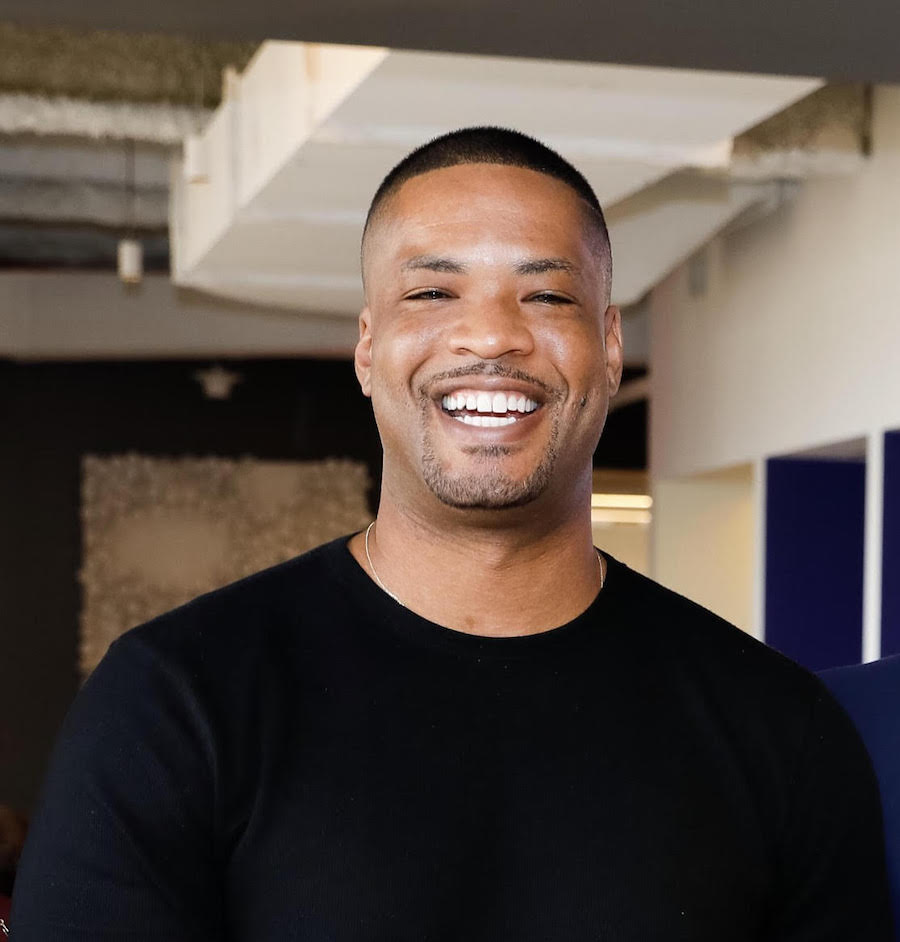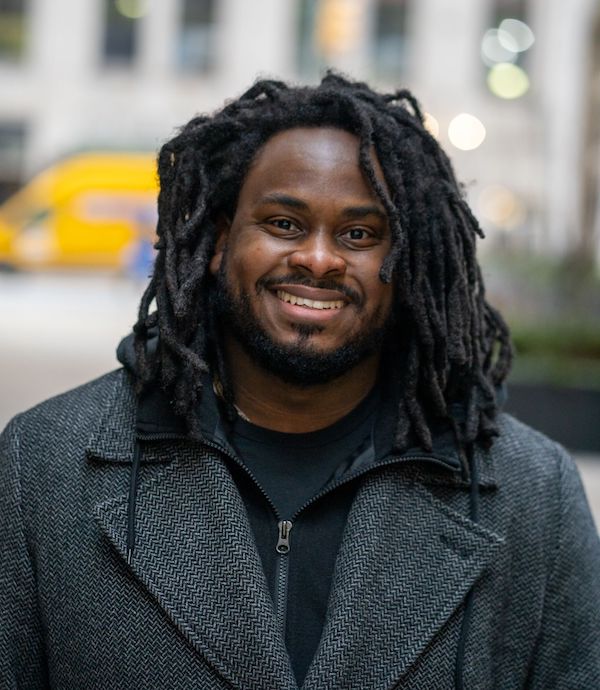Taking Pride in Coming Out
By Cedric F. Brown, APR
June 2020
Andrew McCaskill began his career at the intersection of banking and technology in the South. Working in a largely conservative industry and region, McCaskill chose not to reveal his sexuality early in his career. It wasn’t until he moved to New York City several years ago that he decided to come out at work.
Here, McCaskill, who serves as an adviser for Culture Genius and a culture and economics contributor for SiriusXM, shared his thoughts on being a person of color and part of the LGBTQ community.
A lot of people would agree that you’re pretty comfortable in your own skin. How were you able to get to that point?
It’s taken time for me to be comfortable being an out, proud, gay executive. There’s a unique politic of being black, gay and visible at work. Racism still exists in corporate America. We like to dress it up in more palatable terms like “bias,” but racism exists. Similarly, LGBTQ acceptance in minority communities isn’t on par with the acceptance in Caucasian communities.
For black queer folks, we may be eschewed by white folks for being black and eschewed by black folks for being queer. Comfort, for me, has been the product of time and growing confident in the value of my work.
I felt I had to prove myself in professional spaces before I had the luxury of saying, “By the way, I’m gay, too.” Being in love around that time definitely contributed to making me brave enough to come out, but I was still concerned even as a senior executive at a blue-chip firm. I hope it is different for younger queer people of color.
What is the biggest misstep that organizations make with their campaigns — or attempts — to celebrate Pride Month?
Queer people are queer all year long, not just 30 days in June. Make Pride Month a celebration of everything you’ve done the other 11 months of the year. Pride is not about rainbow balloons and feather boas on floats; pride has always been a protest.
Celebrate by taking a stand. Don’t spend $20,000 on a float in the parade if your company insurance doesn’t cover PrEP and all required clinical testing for employees.
Tell a great story of your year-over-year commitment to inclusion and equity, versus just throwing a great party or painting the hallways rainbow for 30 days.
How can a Pride Month campaign accurately, respectfully and effectively represent people of color?
I’m encouraged by representation gains being made in queer advocacy groups of late, but “of late” still troubles me. If you look at the leadership and staff of the major LGBTQ advocacy organizations going back 20 years, then you’d be hard-pressed to find any black representation.
Inclusion is not the job of the oppressed — and it should never be the job of the oppressed within groups of oppressed people. Inviting black people to the table does not mean inviting black celebrities to galas. Put us in the rooms where decisions are being made, put us in the public discourse, and look at the data around what our needs are and prioritize them. Listen to us.
What advice would you give to others in the profession who may find it challenging to be their true and authentic selves in the workplace?
Lead with great results, but be authentically you — especially when it is uncomfortable. Discomfort at work is a gift. Discomfort will drive you to find places where you can thrive as your truest self. The writer James Baldwin said you should “go the way your blood beats.”
There is a place where you can be yourself, make a difference, be compensated and be appreciated. Work hard where you are until you find or build that place.



